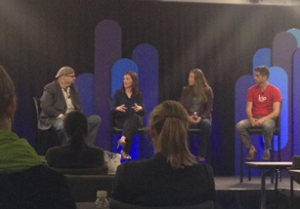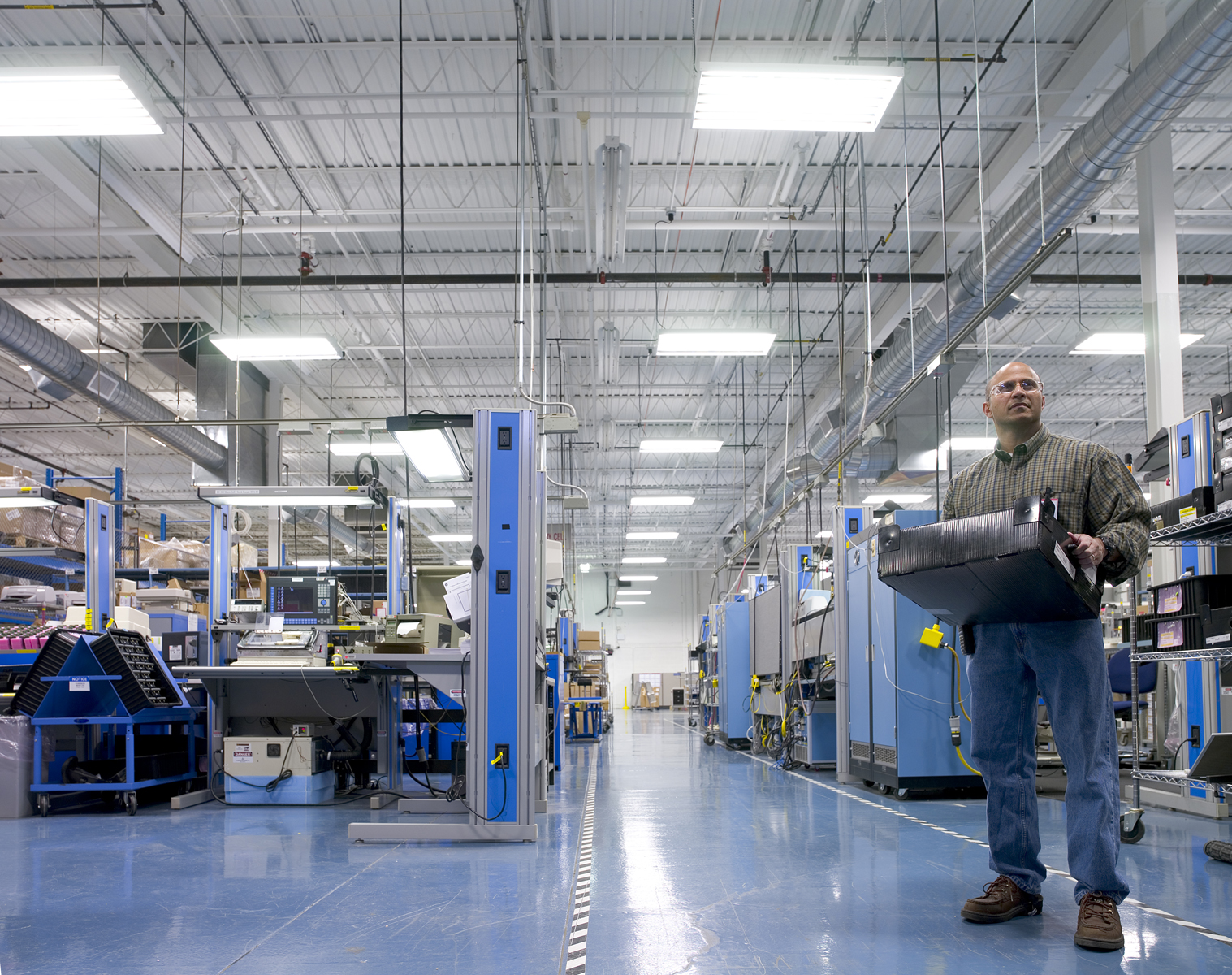Where do you go to find social media tips, statistics, trends, and best practices? I recently attended the Social Media for Savvy Marketers event hosted by Cisco featuring speakers from Twitter, SAP, Adobe, BuzzFeed, Salesforce.com, Percolate, and more. The two-day event brought candid conversations, interactive panel sessions, and an engaging way to learn how B2B and B2C brands are using social. When else can you hear from industry experts on the hottest trends in social media and learn best practices to leverage for your next social media campaign? If you missed out on this thought provoking event, below are my takeaways from the event.


5 Tips to Becoming a “Savvy” Social Media Marketer:
Tip #1: A Social Business Starts with your Executives: According to a social media statistic from eMarketer, “82% of employees say they trust a company more when CEO and leadership teams are involved in social.” Jeanette Gibson, Senior Director, Global Social Media Marketing at Cisco, shared that Cisco placed a monitor including a Twitter feed outside of CEO John Chamber’s office, showing the importance of the customer conversation. This was the first step Cisco made in transforming to a social business. Additionally, Gibson noted, “Help your business to be S.O.C.I.A.L.: Scalable, Open, Consistent, Intuitive, Active, and Limitless”, showcasing the social conversation highlights of what is being said about your brand. The conversation is happening across channels and brands shouldn’t miss out.
Tip #2: Listening is the First Step of a Social Strategy: At each stage of a social media strategy, listening is critical. Before jumping into any conversation, we must pay attention to what is being said and then engage accordingly with that particular audience. LaSandra Brill, Manager, Global Social Media Marketing at Cisco, shared the significance of listening as she discussed the importance of Social CRM. Brill noted that “85% of Tech buyers engage in some form of social activity.” Listening to what your customers are saying and are interested in allows for targeted offers to be sent to customers increasing the propensity to buy. Note: be sure to be clever vs. creepy with the targeted offers.
Tip #3: Content is King and Distribution is Queen: Creating good “snackable” content is critical to increasing the reach of the conversation. Video is quickly becoming the next generation of content as it is fun and engaging. Matt Rozen, Group Manager Corporate Social Media of Adobe, shared his thoughts, “the best part of video is the measurable traffic. Video was just 10% of impressions, but drove 50% of site visits.” Content can engage an audience and keep them active in the conversation. On day two of the event, James Gross, Co-Founder of Percolate, advised “If we reshape how we create content, we will shift from renting audience to owning it.” Ultimately, I think Jonathan Perelman, VP Agency Strategy & Industry Development at Buzzfeed, summed up the idea of content most eloquently, “Content is King and distribution is queen.” Create great content and then let your fans share it. Once you have this great content, don’t forget to integrate search: include keywords, hashtags, and tagging!
Continue reading “5 Tips to Becoming a “Savvy” Social Media Marketer”
Share:



CONNECT WITH US